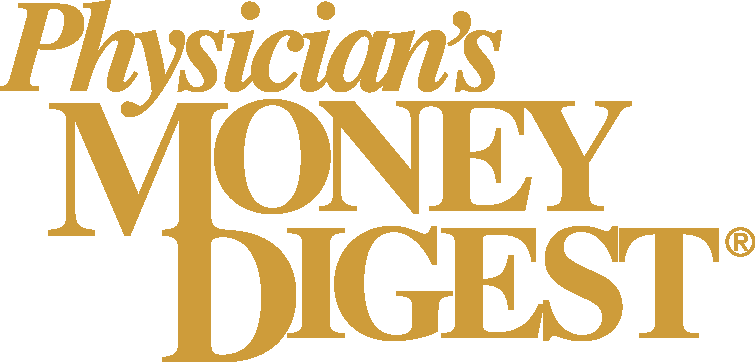
CMS: ACOs generated $2.4B in Medicare savings in 2024
Key Takeaways
- MSSP achieved record financial results in 2024, with 75% of ACOs generating savings for 80% of beneficiaries, earning $4.1 billion in performance payments.
- Primary care-led ACOs outperformed hospital-led ones, achieving higher net per capita savings and better quality outcomes, including improved blood pressure control and hemoglobin A1c rates.
Accountable care organizations boosted Medicare’s bottom line and improved patient outcomes in 2024, with physician-led groups reporting the strongest results.
The Medicare Shared Savings Program (MSSP) posted its highest-ever financial and quality results in 2024, according to
In total, ACOs earned $4.1 billion in performance
Per-capita savings also grew compared to 2023. Net per-beneficiary savings rose from $207 to $241. Gross savings increased from $515 to $643.
Primary care-led ACOs lead the way
Performance varied by organizational structure. Low-revenue ACOs — typically physician-led or composed of federally qualified health centers and rural health clinics — generated $316 in net per capita savings, compared with $175 for high-revenue, often hospital-led, ACOs.
Groups with a higher proportion of primary care clinicians also outperformed, reporting $401 per beneficiary in net savings, versus $219 for those with fewer primary care providers.
Although most ACOs shared in savings, 16 organizations reported shared losses totaling $20.3 million.
Quality gains across measures
Quality performance improved alongside financial outcomes. Nearly all ACOs met CMS’s reporting requirements, with more organizations transitioning to digital quality measures designed to leverage electronic data and reduce administrative burden.
Patient outcomes advanced in multiple areas:
Blood pressure control improved from 77.80% in 2023 to 79.49% in 2024.- The share of patients with poorly controlled hemoglobin A1c declined from 9.84% to 9.44%.
- Among ACOs using digital quality measures, poor A1c rates fell from 35.18% to 23.52%, and depression screenings with follow-up plans rose from 43.70% to 55.36%.
Patient experience scores also continued to exceed those of comparable physician groups, particularly in access to timely care and information.
Looking ahead: Proposed policy changes
The Trump administration has tied MSSP’s growth to broader Medicare solvency efforts. Proposed changes in the 2026 Physician Fee Schedule would shorten the time ACOs can remain in one-sided risk models, revise beneficiary assignment thresholds and expand protections for organizations facing extreme and uncontrollable circumstances, such as
Newsletter
Stay informed and empowered with Medical Economics enewsletter, delivering expert insights, financial strategies, practice management tips and technology trends — tailored for today’s physicians.



















